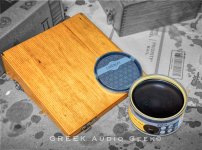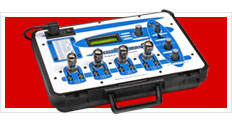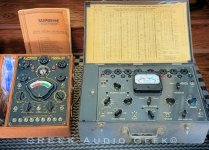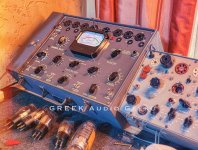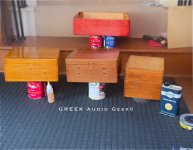atmasphere
Active member
It is.I wonder if this tester is good enough to check the health of the tubes it is capable of testing?

Valve Tester MKII | Accurate valve-testing made simple
The Orange Valve Tester MKII makes testing preamp and power valves quick, accurate, and safe, now with expanded features and modular upgrades.orangeamps.com

